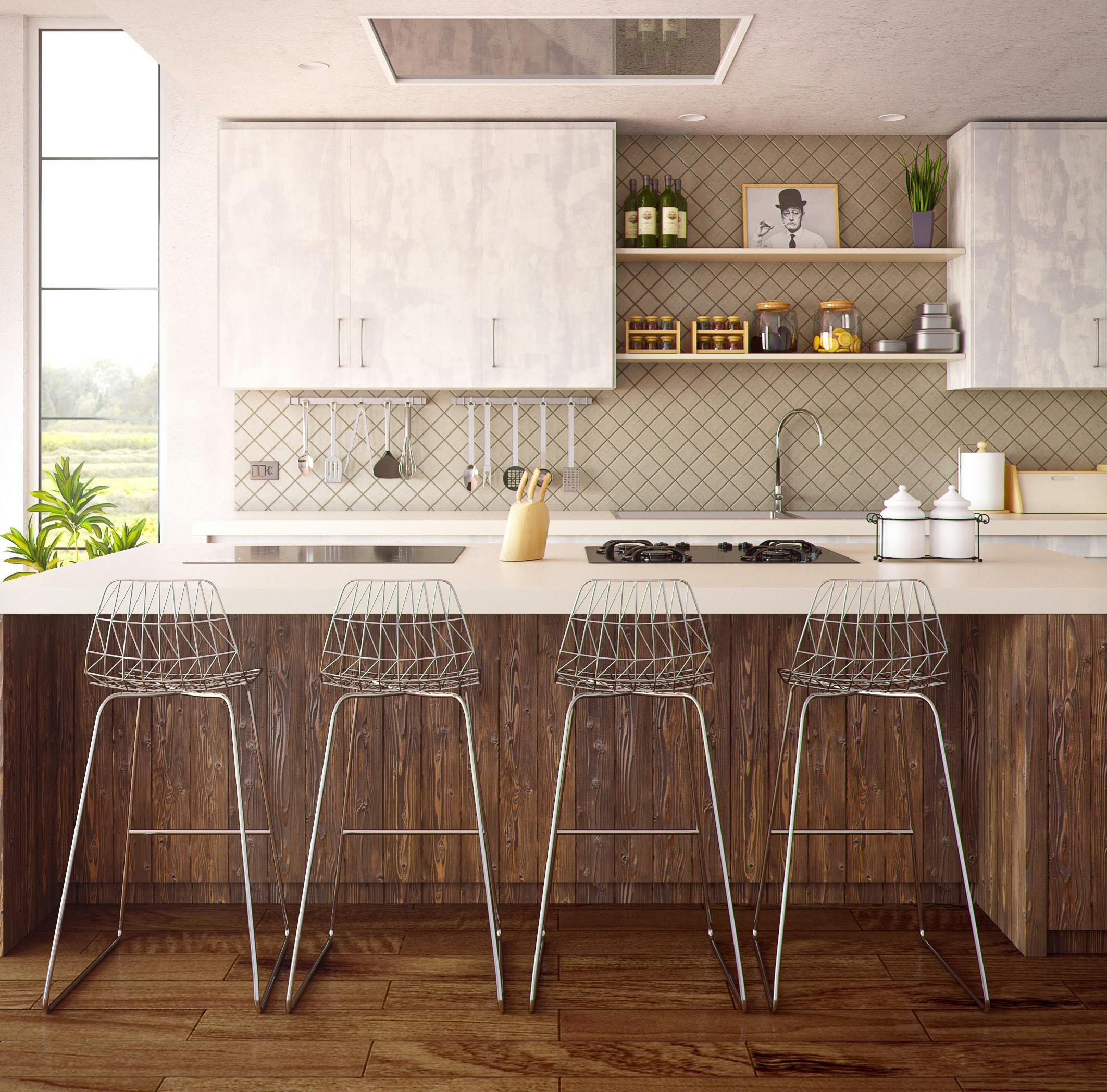A well-designed kitchen requires thoughtful lighting that serves multiple purposes. The most effective kitchen lighting ideas incorporate a layered approach that combines ambient, task, and accent lighting to create a functional and aesthetically pleasing space. This comprehensive guide will explore how to strategically implement layered lighting kitchen concepts, the best kitchen lighting fixtures for each layer, and practical tips for under cabinet lighting installation. Whether you’re planning a complete renovation or simply updating your kitchen’s lighting scheme, these strategies will help you create a space that’s both practical for cooking and inviting for gathering.
Understanding the Three Layers of Kitchen Lighting
The concept of layered lighting is fundamental to creating a kitchen that works well for all activities. Each layer serves a distinct purpose, and when combined, they create a harmonious and versatile lighting scheme. Ambient lighting provides overall illumination, task lighting focuses on specific work areas, and accent lighting adds visual interest and highlights architectural features or decorative elements.
Ambient lighting forms the foundation of your kitchen lighting plan. This is the general illumination that replaces natural light when it’s dark outside and ensures you can navigate the space safely. Common ambient lighting fixtures include recessed ceiling lights, flush-mount fixtures, and pendant lights that direct light downward. When selecting the best kitchen lighting fixtures for ambient illumination, consider the size of your kitchen and ceiling height to determine the appropriate number and placement of lights.
Task lighting is crucial in a kitchen where precision work takes place. This targeted lighting eliminates shadows on work surfaces and helps prevent accidents during food preparation. Under cabinet lighting installation is one of the most effective forms of task lighting, illuminating countertops directly beneath upper cabinets. Other task lighting options include pendant lights over islands or dining areas, and well-placed recessed lights that shine directly on work zones.
Accent lighting adds dimension and visual interest to your kitchen. This layer highlights architectural features, displays prized possessions, or creates a particular mood or ambiance. In-cabinet lighting, toe kick lighting, and strategically placed uplights can transform an ordinary kitchen into a showpiece, especially in the evening hours when this type of lighting creates a warm, inviting glow.
Selecting the Best Kitchen Lighting Fixtures
Choosing the right fixtures is crucial for a successful layered lighting kitchen design. For ambient lighting, recessed lights provide clean, unobtrusive illumination that works with any décor style. A central fixture such as a chandelier or large pendant can serve as both a design statement and functional lighting source. As AskHomey experts often recommend, it’s important to select fixtures that complement your kitchen’s style while providing adequate illumination.
For task lighting, under-cabinet lights are indispensable. LED strip lights and puck lights are popular options for under cabinet lighting installation. Pendants work beautifully over islands and peninsulas, but proper placement is critical—typically 30-36 inches above the surface for optimal task illumination without obstructing sightlines.
Accent lighting fixtures should be selected based on what you want to highlight. LED tape lighting inside glass-front cabinets showcases dishware, while small recessed lights can spotlight artwork or architectural details. Dimmable fixtures allow you to adjust the intensity of accent lighting based on the mood you want to create.
Professional Installation vs. DIY
While some kitchen lighting ideas can be implemented by homeowners with basic electrical skills, others require professional expertise. Recessed lighting typically requires access to ceiling joists and proper wiring, making it a job best left to professionals. Under cabinet lighting installation can range from simple plug-in systems to hardwired solutions that disappear completely from view.
If you’re comfortable with basic electrical work and your project doesn’t require new wiring, DIY installation of certain fixtures is possible. However, kitchen lighting involves considerations beyond just the fixtures themselves—including proper placement, appropriate wattage, and code compliance. For comprehensive kitchen lighting projects, consulting with a professional electrician ensures safety and optimal results.
Smart Technology and Energy Efficiency
Modern kitchen lighting has evolved to include smart technology that enhances both functionality and energy efficiency. Smart lighting systems allow you to control brightness, color temperature, and even create pre-programmed scenes for different activities. Motion sensors can automatically illuminate pathways at night, while timers ensure lights aren’t left on unnecessarily.
When selecting fixtures for your layered lighting kitchen, LED options provide the most energy-efficient illumination with the longest lifespan. Though the initial investment may be higher than traditional bulbs, the long-term savings in energy costs and replacement frequency make LEDs the most economical choice. Many LED fixtures also offer dimming capabilities, which is essential for adjusting light levels throughout the day and for different kitchen activities.
Creating Harmony Through Thoughtful Design
The most successful kitchen lighting ideas result from thoughtful planning that considers both the functional and aesthetic aspects of your space. Creating harmony between all three lighting layers ensures your kitchen transitions seamlessly from food preparation headquarters during the day to a warm, inviting gathering space in the evening.
Proper placement is as important as the fixtures themselves. Consider the room’s architecture, the location of workspaces, and how light interacts with your kitchen’s surfaces. Reflective materials like polished countertops and backsplashes will amplify light, while matte finishes absorb it. Understanding these interactions helps you determine the appropriate intensity and placement of each lighting element.
For more tips and to connect with reliable home service professionals, follow AskHomey on Facebook and Instagram.



